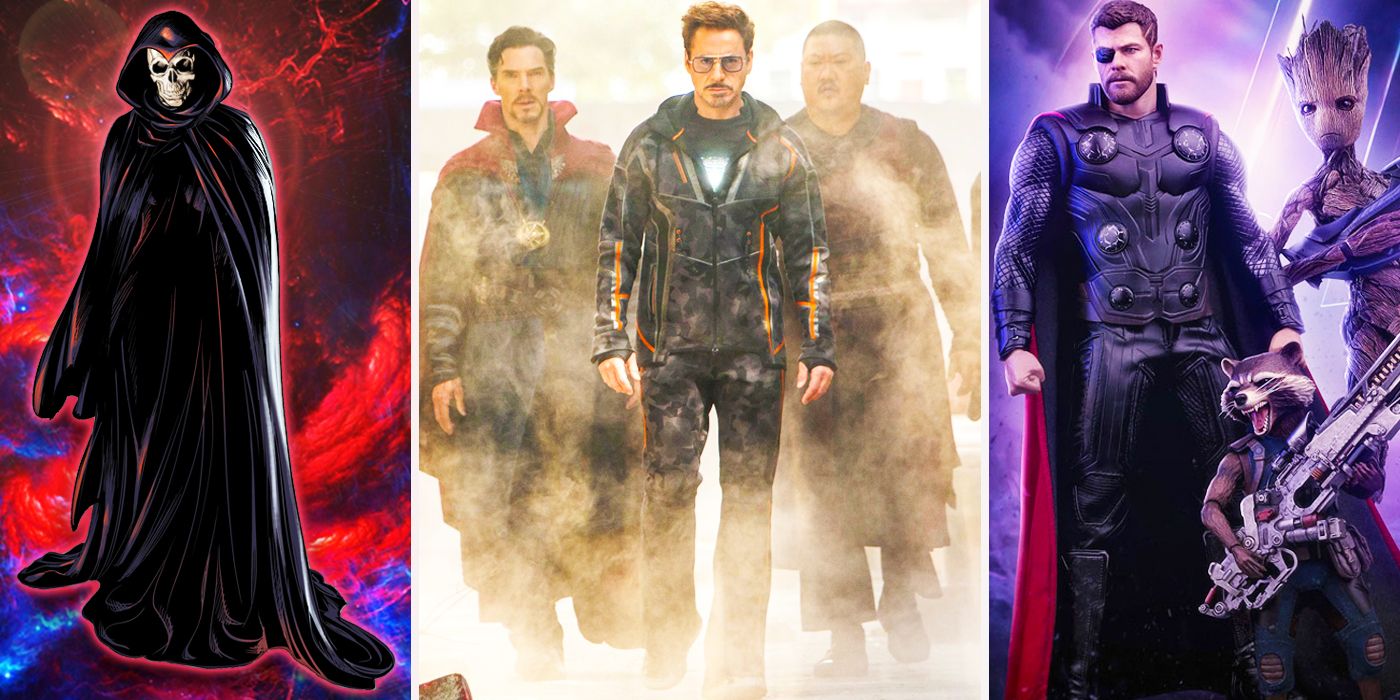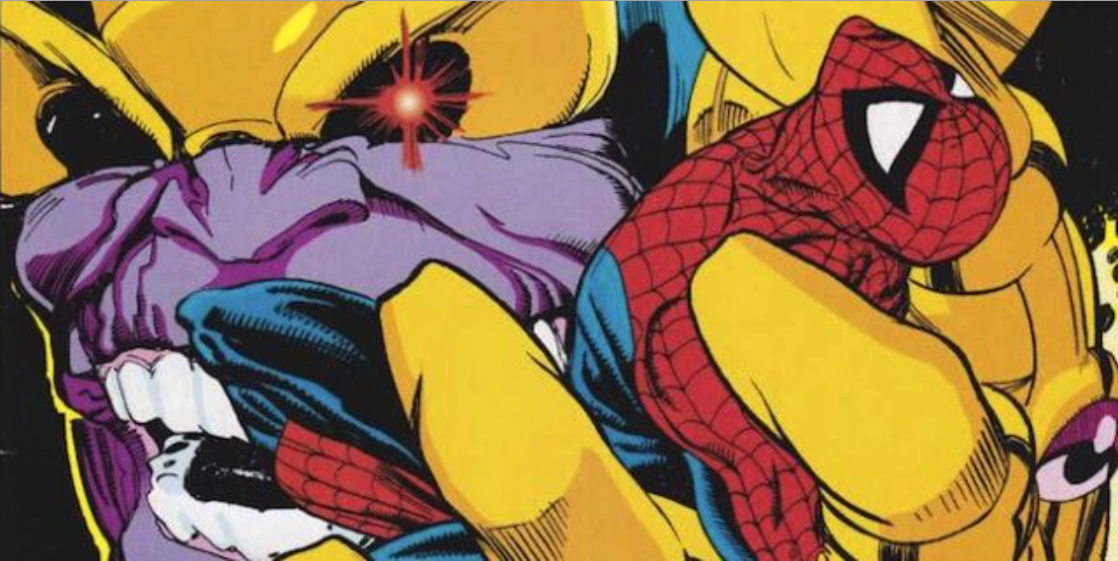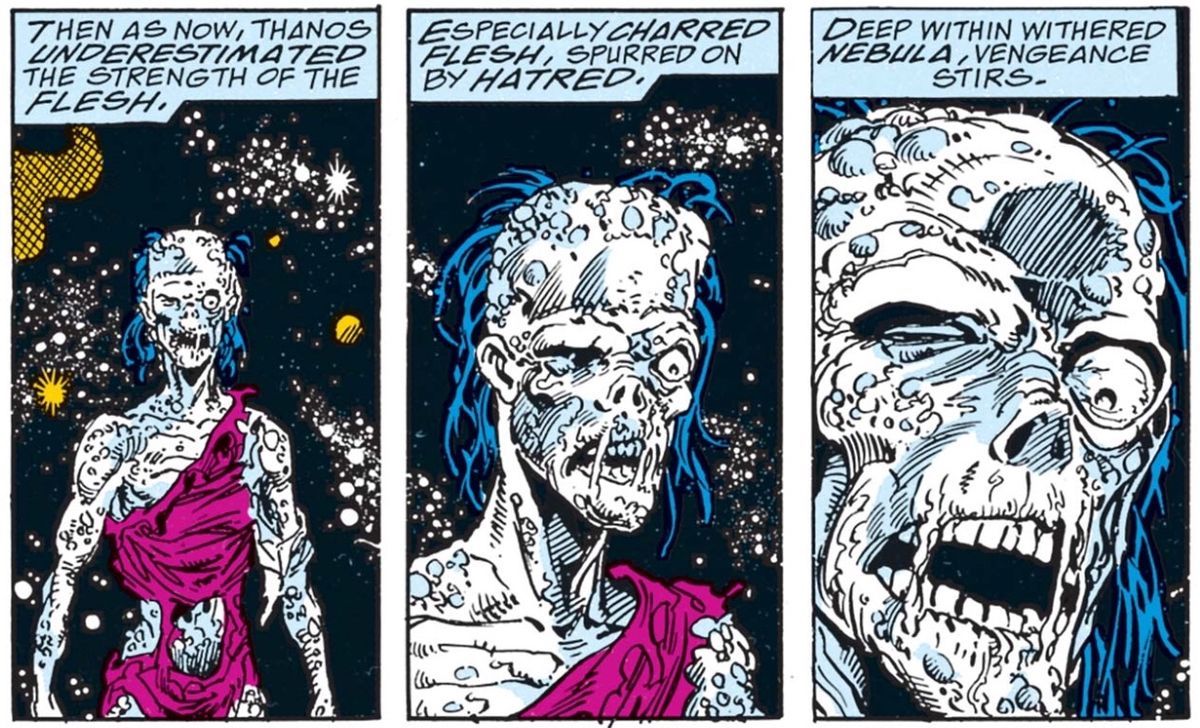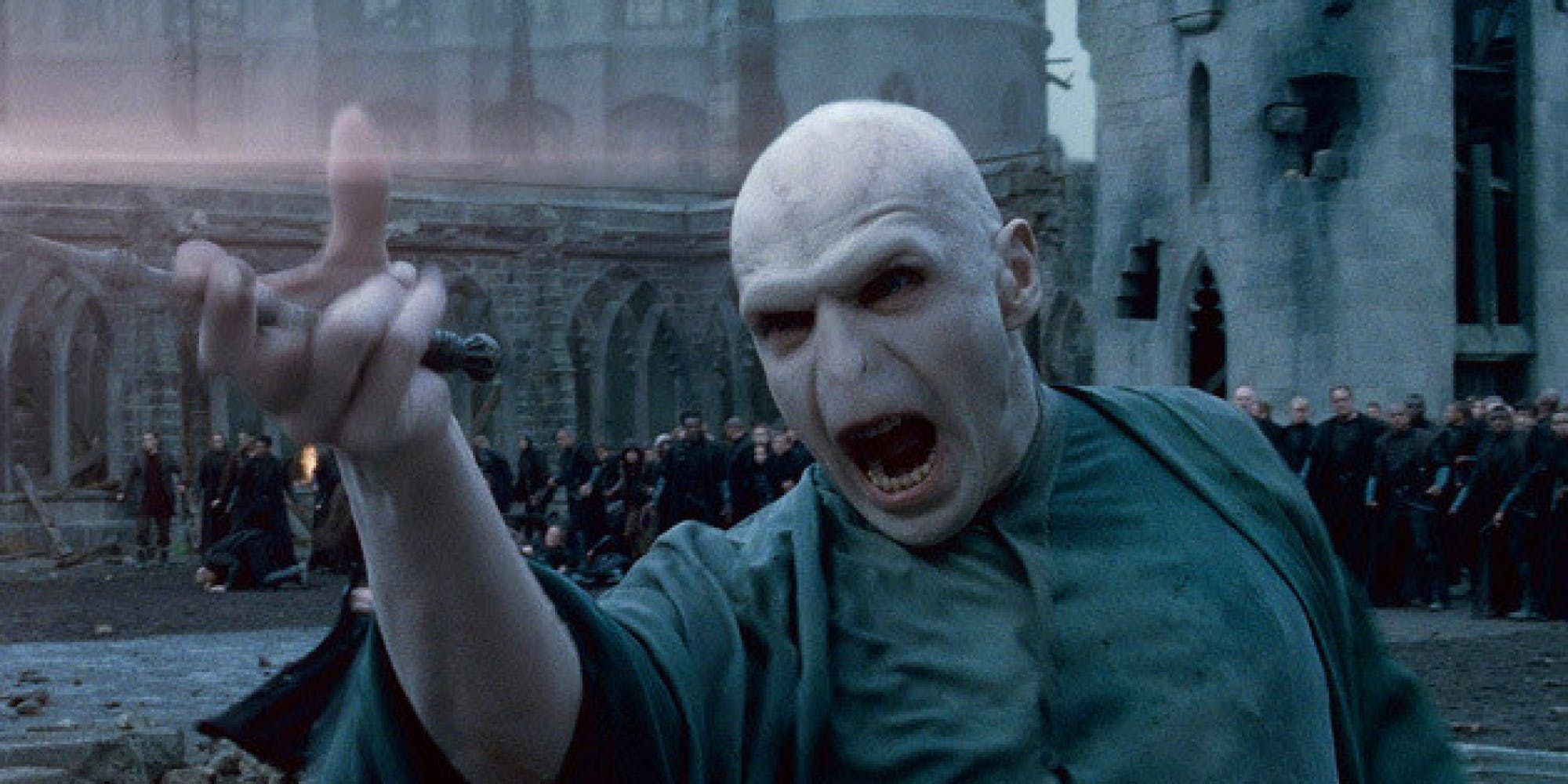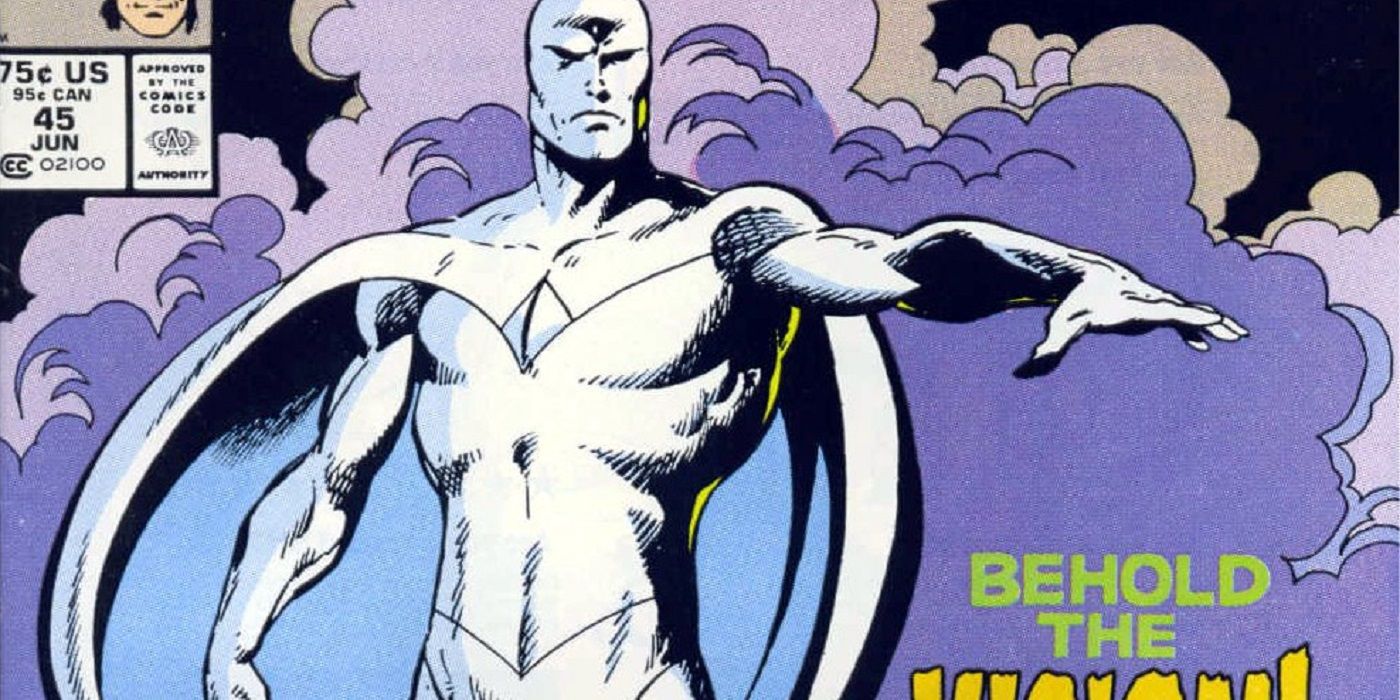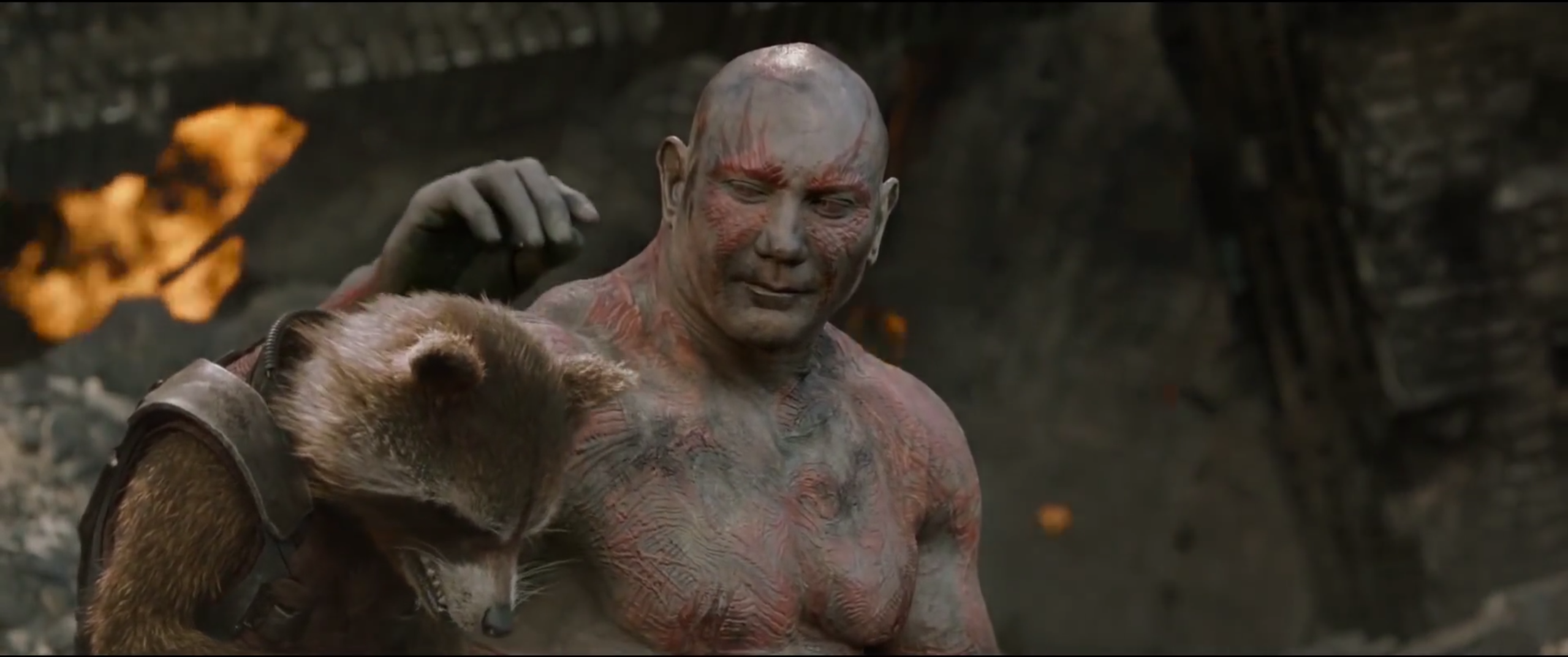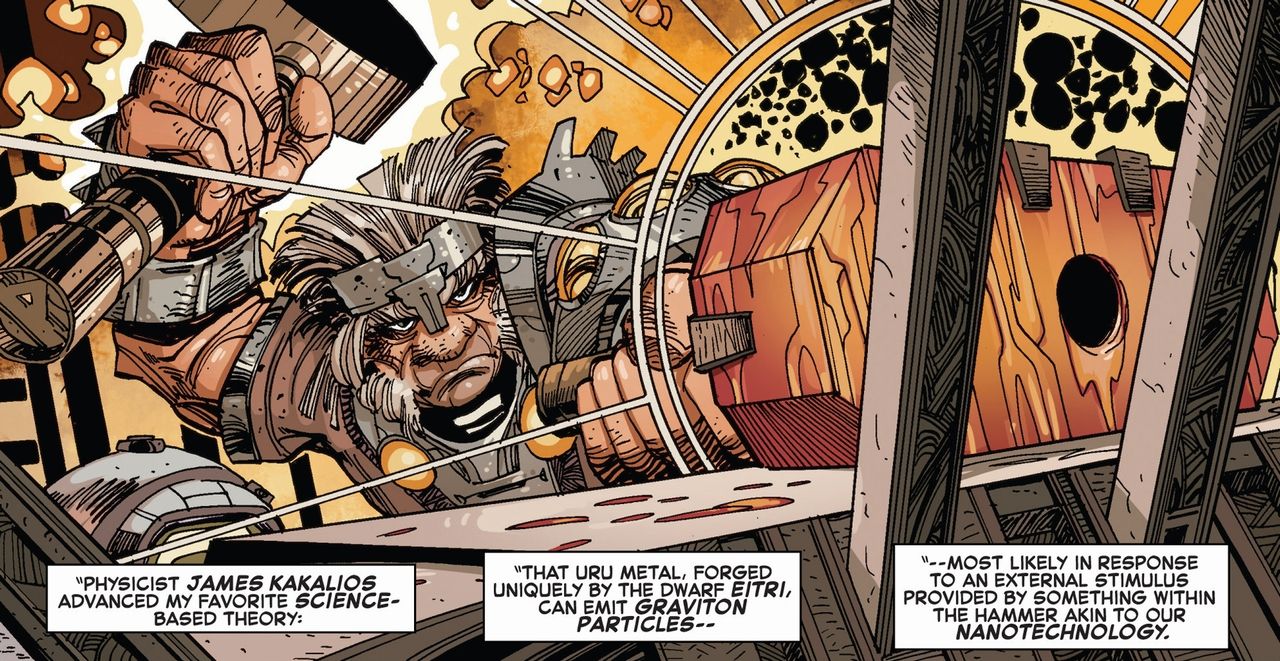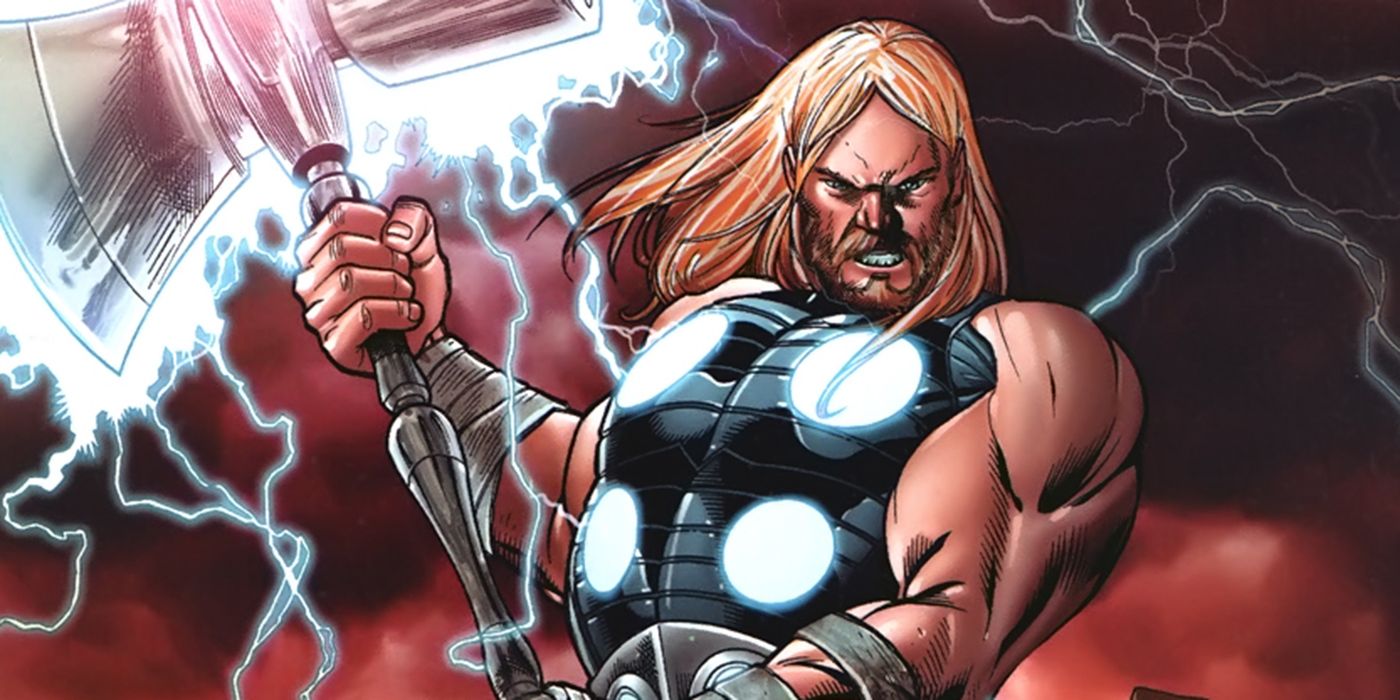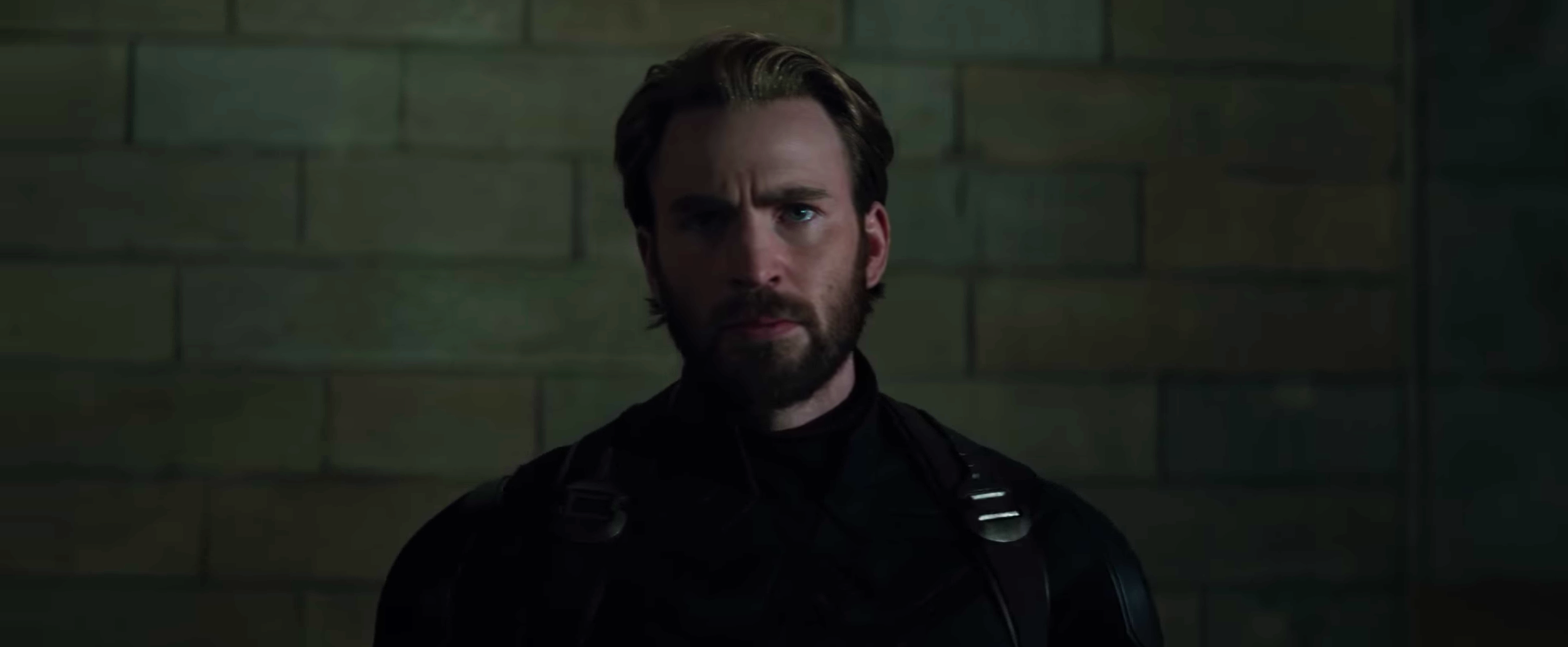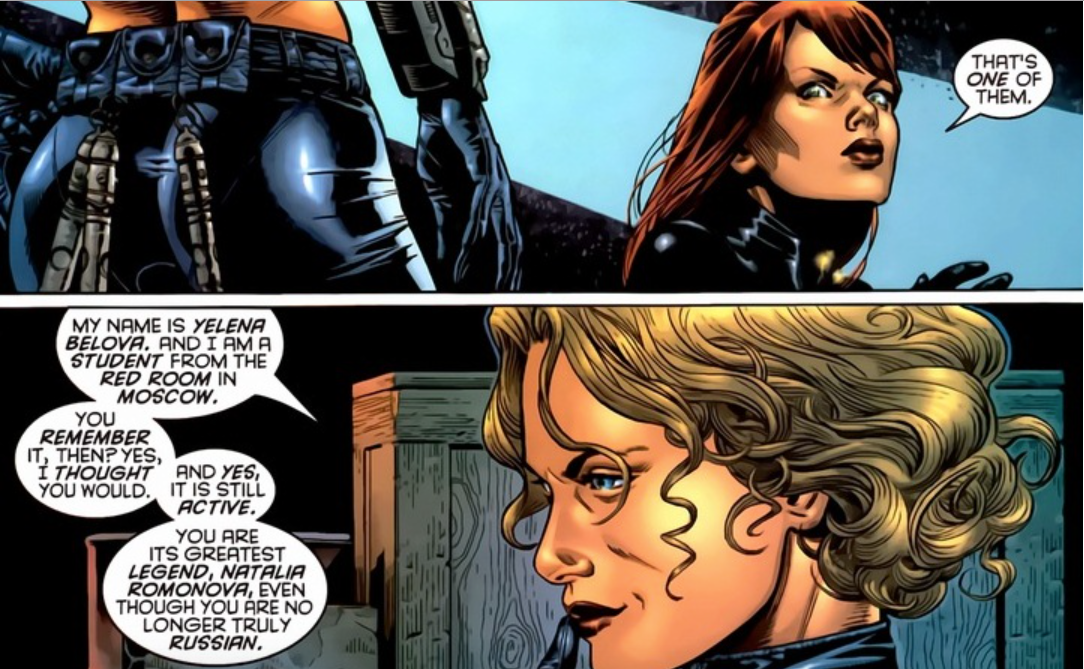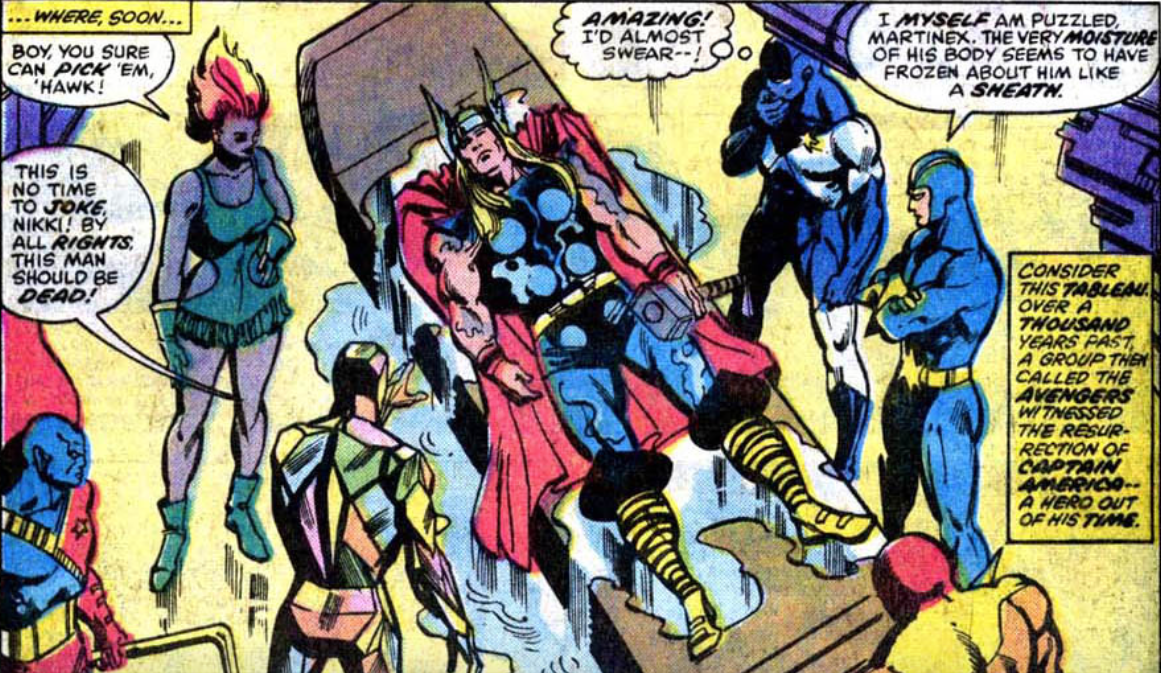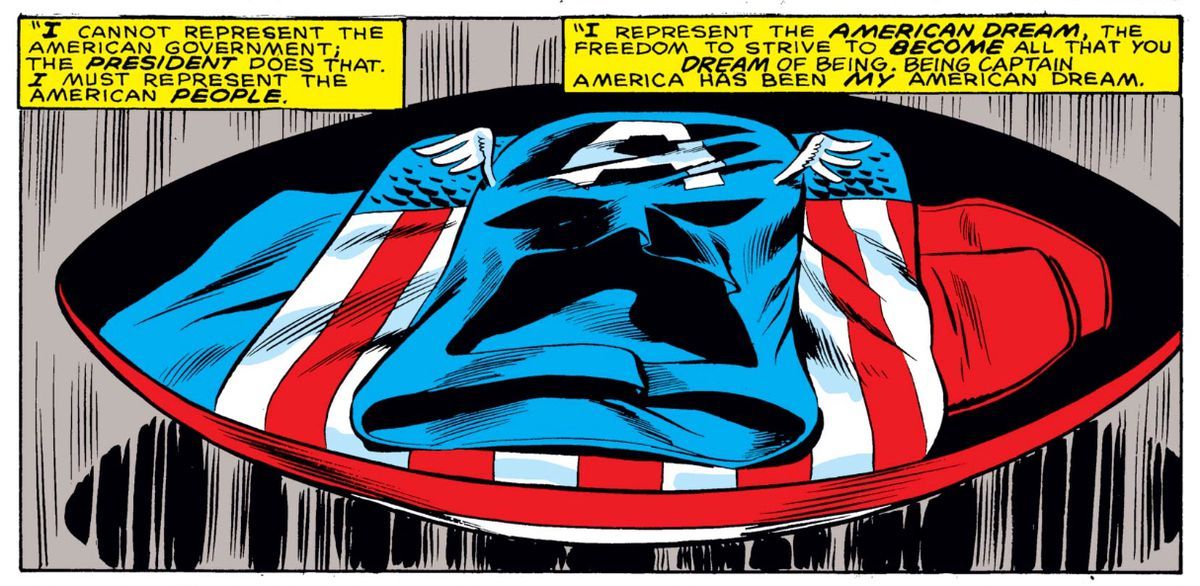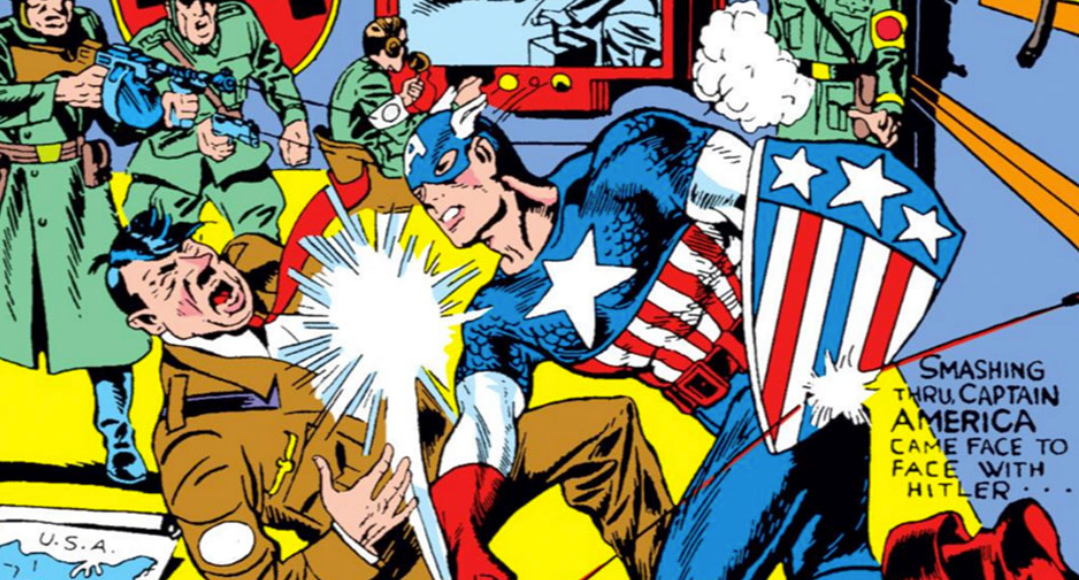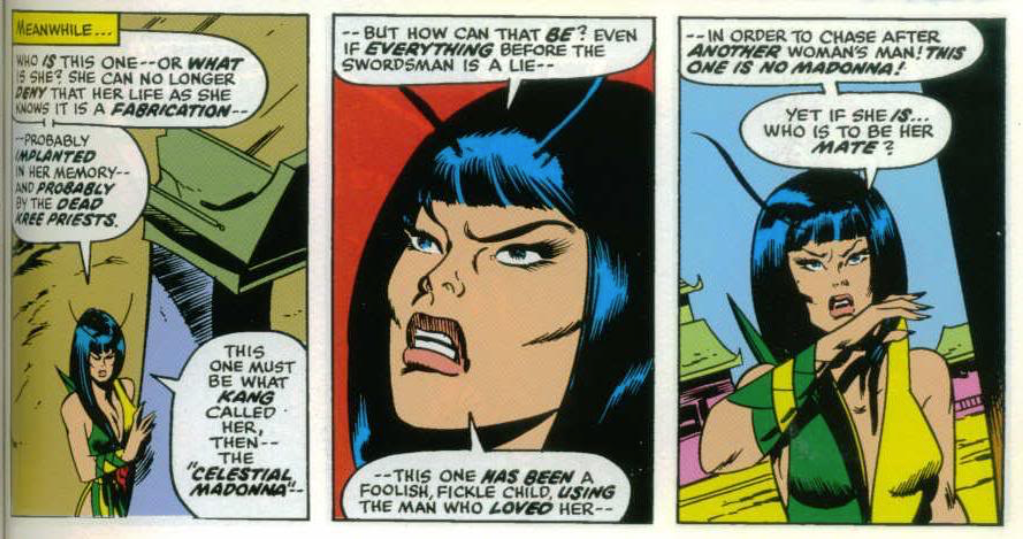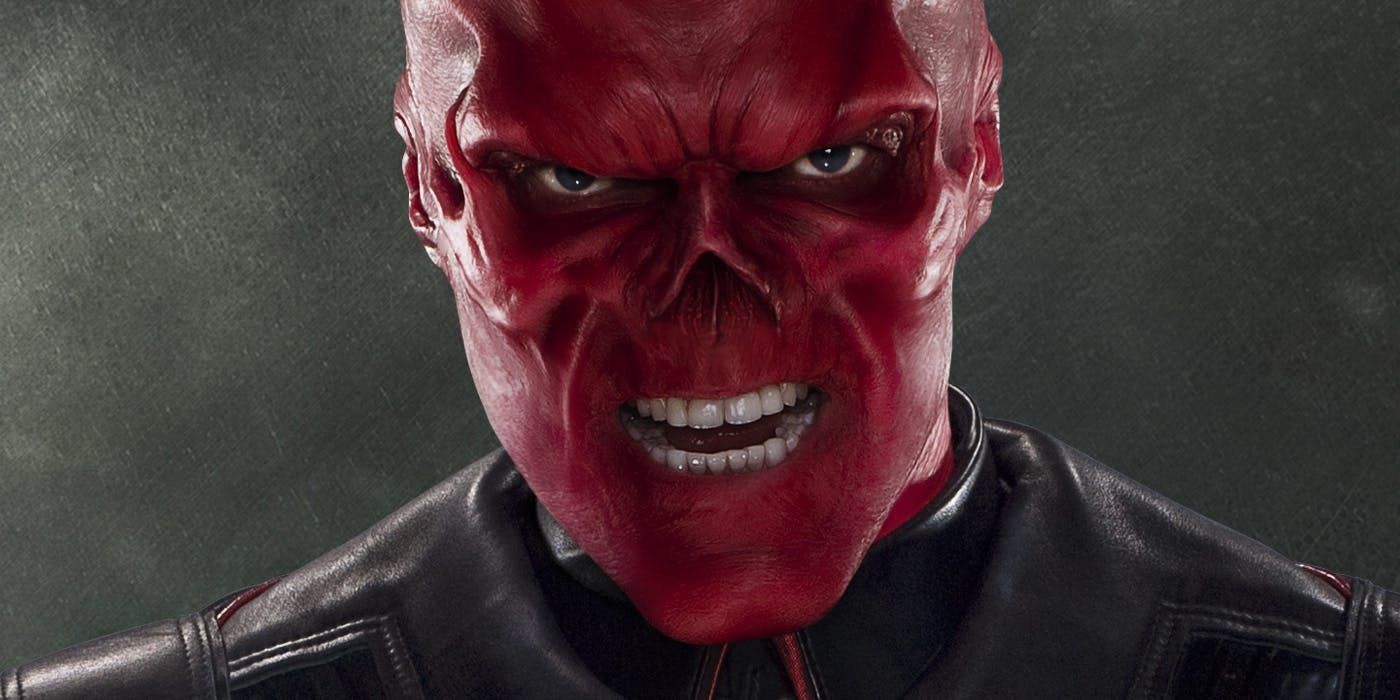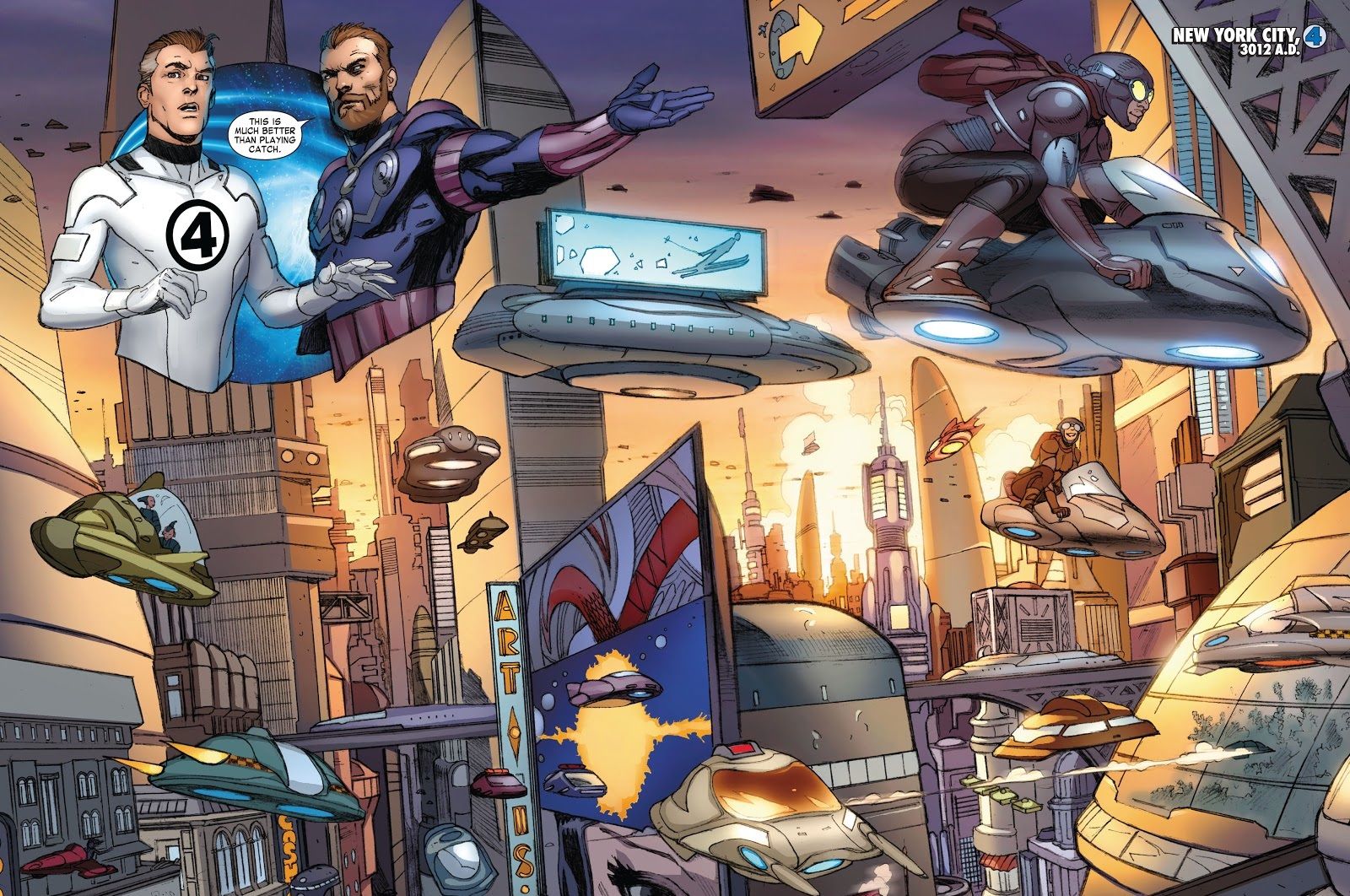Avengers: Infinity War is blockbuster epic and it's easy to miss some of the finer details woven into its run time. By now, most of the major easter eggs and hidden references have been uncovered, but there are still gems (not of the Infinity variety) to be mined. (Needless to say, from here on out, we're entering major spoiler territory. You have been warned!) What stood out, then? There was a nice callback from Loki near the start to his intimately violent relationship with the Hulk as Thanos and the Black Order boarded the Asgardian's ship. We also saw a lot of character-trading parallels to story arcs in the comics.
Ebony Maw plays Mephisto's role at Thanos' side while Bruce Banner acts as a herald of his coming in place of Silver Surfer's original job. The pop culture references were surprisingly plentiful as well, like Groot's retro video game, the "legend" of Kevin Bacon and Tony Stark throwing in a SpongeBob SquarePants dig at Maw upon his arrival on Earth. For Marvel comics fans, the deep cuts were particularly satisfying, like the name-dropping of Tony's uncle Morgan, Doctor Strange's Cauldron of the Cosmos and the Soul Stone's home: Vormir. Reference points like those have been well covered already, but what else might you have missed? And which ones could be important to know for Avengers 4?
15 PROTOCOL 17A
Tony Stark continues being the best adoptive dad ever in Infinity War by kitting out Peter Parker with another tech-powered Spider-Man suit. (Cue those fatherly tears later on...) He also continues to spread his brand over everything he possible can, as the costume is one that bears his name and fingerprints. It's a replica of the Iron Spider one from the comics, which was also crafted by Tony as it is in the film.
In Infinity War, Tony deploys the suit under "Protocol 17A," a number that may seem like it was picked at random, but actually has some significant Spider-Man history behind it.
Obviously with the amount of Spider-Man comics in existence, it's only natural for a double-digit figure to correspond to an issue or two. But, Spider-Man, Vol. 1 #17 from 1991 bears a lot of Infinity War parallels. Not only does Spider-Man suffer a terrible fate, but, once his soul leaves his body, he's ushered into a kind of afterlife by Thanos himself. Thanos spends some time bullying Peter about his heroics, trying to convince him that all his efforts to save people amount to nothing, before Death decides to mercifully send him back to his body -- much to Thanos' annoyance.
14 NEBULA'S UNRAVELLING
Thanos becomes responsible for an incomparable amount of death in Infinity War but it's almost worse to see him carry out smaller, more intimate acts of violence. What he does to Gamora is tragic but what he does to his other adopted daughter is tortuous. And by that we mean actual torture. In order to emotionally manipulate Gamora into giving up the location of the Soul Stone, Thanos forces her to watch him break her sister's body, trapping Nebula's cybernetic body in a state uncomfortably between assembly and disassembly.
This scene strongly echoes The Infinity Gauntlet's version of events, in which the Mad Titan brings Nebula back from the dead -- yet another effort to impress the love of his life, Lady Death -- but leaves her stuck in a state in between living and dying. The panels in the comic are a lot more graphic than what we see in Infinity War, with Nebula's wasted form looking as if she belongs more in a John Carpenter movie than a superhero story. The effect in both the comic and film, however, is equally traumatizing. We'll have to wait another year to find out if Nebula finally manages to get the revenge she so desperately seeks on Thanos.
13 HE WHO MUST NOT BE NAMED
One of the funniest little gags in Infinity War is when Tony trivializes the arrival of Ebony Maw, Thanos' mystic Black Order member, by comparing his appearance to Squidward -- the highly-strung aquatic character from SpongeBob SquarePants. The joke works because we can totally see the similarity: the long nose, the grey skin and the sour, humorless attitude. Plus, it's pretty shady to compare one of Thanos' right-hand men to a kids cartoon character.
But, Squidward isn't Maw's only lookalike from pop culture.
French audiences wouldn't have heard this reference because "Squidward" was swapped for "Voldemort" in the French language dub. This strange connection between the Marvel and Harry Potter universes is not only prime nerd-bait, but it actually works in Maw's favor. Better to be compared to the most feared wizard who ever lived than a clarinet-playing cephalopod. Voldemort also had a knack for self-resurrection. Will we see the same trick from Maw in Avengers 4?
12 A VISION IN BLACK AND WHITE
Vision had it worse than most in Infinity War, being the only character to have the displeasure of suffering two tragic fates over the course of the film. After realizing that Thanos would never stop hunting him down while that little glowing rock was embedded in his forehead, Vision begged Scarlet Witch to destroy the Mind Stone before Thanos could get his hands on it -- a decision Wanda was very reluctant to make considering the irreparable harm it would do her android boyfriend. Luckily for the universe's sake, Wanda made the tough call in the end.
Unluckily, Thanos already had the Time Stone in his possession, so it was just a matter of turning back the clock a few moments, claiming his final prize, and killing Vision all over again in the process. Vision's monochrome coloration in death bears a striking resemblance to his colorless appearance in West Coast Avengers, Vol. 2 #45 from 1989. In the story, his mind and systems are irrevocably damaged, meaning that Vision's old persona seems to be lost forever. Could the same fate be in store for the android should he make his way back to the land of the living without the Mind Stone in the MCU?
11 CAREFUL WHAT YOU WISH FOR
References don't always point to external sources -- sometimes the best ones can be callbacks to a previous entry in a series, or even within the story itself. Two of Infinity War's callbacks were straight punches to our emotional guts, but you could have easily missed them had you not been paying attention. Towards the start of the film, Drax delivers on his usual brand of naive idiocy by flexing his invisibility muscles... or so he thinks. Peter Quill and Gamora call him out this while he attempts to spy on them having a private conversation, and he's dismayed to learn he can't actually make himself disappear just by staying very still and quiet.
Unfortunately, Drax does achieve his dream by the end of the film, just not in the way he wanted.
Similarly, Rocket grumbles early on that he is the only one fit to Captain the Benetar and lead the Guardians of the Galaxy. Just like Drax, he sadly gets his wish by the end of the movie by becoming the sole surviving member of the Guardians (discounting Nebula, an unofficial member). The lesson to be learned here? If you're a Guardian, never wish for anything ever. You might not like it when it comes true.
10 A CHIP OFF THE OLD MYTHOLOGY
Since inducting the legendary Thunder god Thor into its superhero ranks, Marvel has taken huge creative liberties with Norse mythology. Character, place and object names remain the same but everything else the company pulls from has gone through reinvention to better fit the stories it wants to tell. Thor's hammer Mjolnir follows this pattern: both the Marvel and mythological versions can throw out lightning and return to their owner when thrown but the original Norse one can also flatten mountains and bring back the dead.
In Infinity War, Thor pays a visit to Peter Dinklage's Eitri, the master Dwarven blacksmith who crafted his magical hammer, to ask him to forge him a replacement. Eitri's forge has suffered at the hands of Thanos, who forced the dwarf to create the Gauntlet for him. After a mighty effort from Thor to get the forge back in working order, Eitri creates Stormbreaker's blade but can't find a handle for it. A sulky teenage Groot charitably offers part of his own wooden body up instead. This actually falls in line with the creation of Mjolnir in the Norse myth. While the hammer was being created, Loki distracted its maker, Brokkr, causing him to craft a handle that was too short. It's not an exact adaptation between the source material and the film but the reference point is clear.
9 THOR'S ULTIMATE MAKE OVER
Thor has gone through one of the most dramatic character arcs of any character in the MCU. The Thor we were introduced to in 2011 was an arrogant, bratty and self-entitled prince who had a lot to learn before his father, Odin, was going to let him ascend to the throne of Asgard. Since then, he's been de-powered and banished to Midgard, lost his hammer, had to fight his own brother to save Earth, broken up with his girlfriend, dealt with the return of an angry sibling, had his hammer destroyed by said sibling, and lost his mother, father, friends, sister, brother (three times) and his entire home.
By the time Infinity War rolls around, Thor is a beaten-down warrior who must somehow dig deep to find the strength to keep fighting the good fight. After losing an eye and most of his hair during the events of Ragnarok, Thor is also a changed man on the outside as well as inside. In fact, his darker costume and brand new axe-based weapon, mirrors the Ultimates version of the character. This strengthens the ties between the MCU and the Ultimates universe, of which both versions of the Avengers team share a similar origin story.
8 THE BEARD OF SORROW
Captain America's new beard was the subject of a lot of thirsty attention in the run-up to Infinity War's release. His less clean-cut appearance served not only to get some fans hot and bothered but also to drive home his new identity as a soldier on the run. Whether intentional or not, this choice of facial hair also falls in line with a well-worn trope in fiction known as the "beard of sorrow." Basically, when times get tough, men grow beards. Don't believe us? In Kingdom Come, when Superman loses Lois Lane and goes into self-imposed exile, he grows a beard.
When Batman becomes hooked on Bane's muscle-enhancing toxin in Legends of the Dark Knight's "Venom," his spiral of despair leads to him growing a beard. The many, many times that the X-Men's Cyclops is going through an angsty time, he forgets to shave; a look fans have dubbed "the stubble of angst," a relative trope to the "beard of sorrow." As you can see from the pattern, the beard always comes post-trauma, like a sign of mourning. In Cap's case for Infinity War, the beard could also be foreshadowing. Cap thinks that he's through the worst of it. Little does he know the "worst" is only just beginning...
7 THE SPY WHO DYED ME
As well as Cap's sorrowful beard and floppy hair, another Avenger was sporting a significant hair change for Infinity War. A new MCU film featuring Black Widow traditionally means a brand new red-headed wig. Whether the new hairdos have anything to do with her super spy training or are just a weird way to mark the passage of time in the MCU, we'll never know. In Infinity War, Natasha Romanoff ditched the ginger for a bright blonde bob -- even her eyebrows changed color.
This was most likely done to help her adapt to her new undercover role in Steve Roger's covert crew, but we can't help but also spot the similarities between this look and that of another woman who has held the Black Widow title: Yelena Belova. Making her debut in Inhumans, Vol. 2 #5 in 1999, the Russian spy is a fellow Red Room graduate and becomes part of the Black Widow program. There's a lot of identity theft history between her and Natasha in the comics, and even some face theft in 1999's Black Widow #1-3. Perhaps this reference indicates that the former S.H.I.E.L.D Agent changed more than just her hair style to hide from the government in the MCU.
6 HAVE WE MET BEFORE?
Infinity War has been accused of having too much fan service in it. But, if you're a fan of Marvel -- comics, films or both -- then this isn't a complaint that's going to register with you. If you've been keeping up with all of Marvel's movie releases, one of the greatest joys of the film is finally seeing characters that occupy that same shared universe actually sharing a screen together for the first time. We had some delightfully oddball groupings too. Doctor Strange, Spider-Man and Iron Man? Okay. Thor, Groot and Rocket Raccoon? Why not!
Speaking of the Asgardian god and the Guardians of the Galaxy, their particular meet cute might have given long-time Marvel readers some deja vu.
In the film, Thor is left drifting in space after Thanos decimates his ship. After smacking right into the Guardians' vessel, the team pulls him inside and spends some time prodding and poking his unconscious body for answers. This exact situation is how Thor first met the original Guardians in Thor Annual #6 all the way back in 1977 -- lying flat on his back on a table on a strange spaceship, surrounded by a group of wacky looking space folk. The characters might be different but the circumstances are the same.
5 GOING UNDERGROUND
In the aftermath of Civil War, we were left wondering where the Avengers stood as a team. Could a threat to the entire universe be enough to bring Earth's mightiest heroes back together? As Tony Stark stared at the technological relic that Cap had left him for emergency contact, the answer to this seemed touch and go still. But, while Tony had been mulling things over in the intervening time between the third Captain America film and Infinity War, Cap had been busy running his own team.
Though stripped of his shield and presumably the Captain America title, Steve Rogers was clearly still committed to making the world a safer place, with Black Widow and Falcon in tow. In the comics, Steve has a history of throwing the towel in that dates back to the '70s. After becoming disillusioned with the cause he signed up to enforce, Steve untethers himself from the system and strikes out on his own as Nomad. In 1987 he did it all again in the "Captain America No More!" arc told through Captain America #332-350, in an effort to truly be an "agent of the people." This time, though, he had help -- much like his Infinity War iteration.
4 THE GOLDEN AGE OF HEROES
Steve Rogers' transformation from patriotic poster boy of the U.S. to one of the country's Most Wanted fugitives is sad to see, but, to no surprise, Steve continues to prove that just because he's not flashing the flag any more, doesn't mean his heart still isn't in the hero business. His new nomadic role seems more representative of the Silver and Modern age versions of the character; times of political paranoia and uncertainty. After the events of Winter Soldier, Steve's been gravitating further and further away from his perky, nationalistic symbol status in WWII.
In Infinity War, when Black Panther orders somebody to "get this man a shield," the futuristic, triangular gauntlet that he ends up with seems to reinforce this radical break from his past. Or does it? You see, back in the Golden Age when Captain America was created, his stars and stripes shield was actually triangular, just like this new one. His circular one that has become his trademark was a big part of his revival in the Silver Age, which was also when he started using it as a throwing weapon. Maybe this nostalgic reference means there's still some Captain America left in Steve Rogers after all.
3 DIVINE PURPOSE
You'd have to have really been listening hard to catch this sly reference. After the Guardians' ship collides with Thor's body, the team hauls the beaten Asgardian aboard and tries and figure out who and what he is. All of them -- aside from a jealous Peter Quill -- are audibly impressed with his godly apperance: "He looks like a pirate had a baby with an angel." Gamora also notes that his arm muscles feel like "Cotati metal fiber."
This seemingly insignificant reference has big implications for Mantis' character, whose character in the comics has strong ties with the Cotati race.
The Cotati are a telepathic alien species that originally shared a home with the Kree, which spelled disaster for the former. After their population was greatly reduced by the Kree, the Cotati became wanderers. When they came to Earth, they were able to fulfil a prophesy that foretold the birth of the perfect child after the union of the perfect Cotati and perfect human. The child was known as the Celestial Messiah, and the mother, the Celestial Madonna; who turned out to be Mantis. She even had a shared wedding with her hubby Swordsman alongside Scarlet Witch and Vision's nuptials before fulfilling her destined role. Though the MCU's Mantis is very different to her comic counterpart, could this be a hint at her future?
2 A DEATHLY PRESENCE
One of the major differences between the Infinity War storyline and similar storylines in the comics is Thanos' motivation. In both the film and Infinity Gauntlet comic series, Thanos acquires all six cosmically powered gems/stones in order to reek universal population control -- to wipe out half of all life with a single snap of his fingers. However, in the comics, he's also partly motivated by affairs of the heart: his love for Lady Death, the alluring embodiment of mortality.
Death's skeletal presence is lacking from the cinematic adaptation, but that doesn't mean that the film can't help alluding to her anyway. Or at least, the idea of her. When Thanos and Gamora journey to the Soul Stone's location, they are greeted by a black cloaked specter that looks the spitting image of Thanos' lady love until... Oh no -- it's actually Red Skull. (Not so alluring.) Post-Snap, Thanos also has another interaction with a mysterious spirit. Standing before a strange gateway on a mystic plane, he's by an apparition of Gamora as a child who tries to sow seeds of doubt in his mind about the horrific act he's accomplished. Is this just the Titan's conscience? Or something more... celestial?
1 FANTASTIC 605
While Doctor Strange still had the Time Stone in his possession, he managed to make good use of its unique power, scanning through millions of possible futures at superhuman speed until he found the one in which #TeamAvengers came out on top. Presumably every action he took from that point onward would have been done to ensure that that winning result was in the bag -- including surrendering the Stone to Thanos.
The exact number of outcomes he glimpses is 14,000,605. A completely arbitrary number picked by the writers... right?
Well, what if it isn't? We have a theory that the 605 part of that long number could well be a sneaky Fantastic Four easter egg. As with the Spider-Man "Protocol 17A" reference, it's unsurprising that -- given the number of Marvel comics in existence -- 605 would line up with multiple issues. But, 2012's Fantastic Four #605 just so happens to include the construction of a device that allows Nathaniel and Reed Richards to see into the future and even travel there. The writer of that issue, Jonathan Hickman, also penned some of the comic book inspiration for Infinity War. Sure, it's a bit of a long shot, but with so many other tiny references and in-jokes filling out the film, you just never know.

